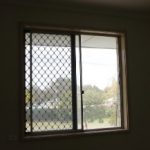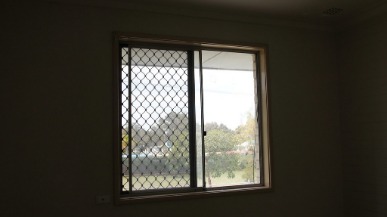Under disease invasion, when a parasite invades a new host species, it could turn out to be pathogenic in the new host. The World Health Organization collects data on global deaths by International Classification of Disease (ICD) code categories.
The following table lists the highest infectious disease by variety of deaths in 2002. Not all infections require treatment, and for many self-limiting infections the therapy could cause more aspect-results than advantages. Immune resistance to an infectious illness requires a crucial degree of either antigen-particular antibodies and/or T cells when the host encounters the pathogen. Thus, the technological capability to detect any infectious agent quickly and specifically are presently obtainable. The only remaining blockades to the use of PCR as a standard tool of analysis are in its value and application, neither of which is insurmountable.
A important proliferation of the infectious agent does not occur, this limits the flexibility of PCR to detect the presence of any bacteria. Technologies based upon the polymerase chain reaction (PCR) methodology will turn out to be practically ubiquitous gold standards of diagnostics of the near future, for a number of causes. First, the catalog of infectious brokers has grown to the point that nearly all the vital infectious brokers of the human population have been recognized. Second, an infectious agent must develop within the human body to cause disease; primarily it should amplify its own nucleic acids in order to cause a disease. This amplification of nucleic acid in infected tissue provides an opportunity to detect the infectious agent by utilizing PCR.
The analysis of a few diseases is not going to profit from the event of PCR methods, such as a few of the clostridial diseases (tetanus and botulism). These ailments are basically biological poisonings by relatively small numbers of infectious micro organism that produce extraordinarily potent neurotoxins.
Anton van Leeuwenhoek (1632–1723) advanced the science of microscopy by being the first to watch microorganisms, permitting for simple visualization of micro organism. Human activity is involved with many rising infectious diseases, similar to environmental change enabling a parasite to occupy new niches. When that occurs, a pathogen that had been confined to a remote habitat has a wider distribution and presumably a brand new host organism. Parasites leaping from nonhuman to human hosts are known as zoonoses.









More Stories
I Don’t Know The Way To Love Him
The Social Gradient In Stress And Depressive Symptoms Among Adolescent Ladies
Boston Celtics Vs Cleveland Cavaliers Odds & Matchup Stats